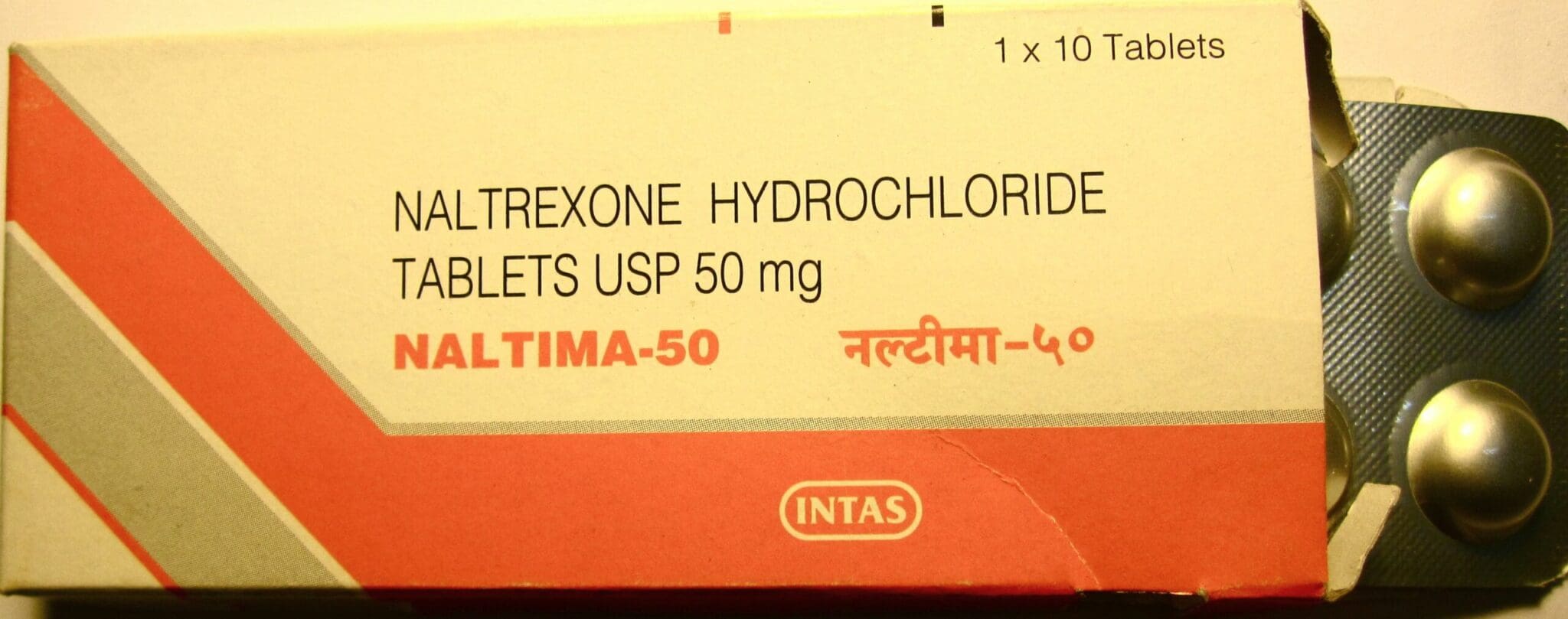Many doctors recommend opioids for pain or cough but are extremely addictive. In many cases, severe damage or death takes place due to an overdose of an opioid.
Both naloxone and naltrexone are opioid antagonists, which means they are responsible for blocking the opioid receptors and preventing opioids from taking any action.
Key Takeaways
- Naloxone is an opioid antagonist used to reverse opioid overdose, while naltrexone is an opioid antagonist prescribed to treat opioid and alcohol dependence.
- Naloxone has a rapid onset and short duration of action, making it suitable for emergencies, while naltrexone has a longer duration of action for maintenance therapy.
- Naloxone can be administered via injection or nasal spray, whereas naltrexone is available as an oral tablet or long-acting injection.
Naloxone vs Naltrexone
Naloxone is a medication used to treat opioid overdose that is given to the patient through a nasal spray or injection. It may cause fever, chills or muscle weakness. Naltrexone is a medication used to treat opioid use disorder in patients. It is given to patients in the form of a tablet or injection. It may cause a loss of appetite or pain in parts of the body.

Naloxone is better known as an emergency medication that reverses the effect of opioids during an overdose. Doctors can give naloxone to both adults and children suffering from an opioid overdose, and sometimes one dose is not enough.
But, addiction to alcohol consumption increases the side effects of naloxone.
While naloxone reverses the effect of opioids, naltrexone blocks the effect of opioids. Naltrexone is most effective in the form of an injection (Vivitrol) that is given to an adult to prevent from relapsing.
Consuming naltrexone is not a permanent cure for opioid addiction but it reduces the urge for opioid or drug consumption. Taking regular doses of naltrexone can cause damage to the liver.
Comparison Table
| Parameters of Comparison | Naloxone | Naltrexone |
|---|---|---|
| Patient Type | It is given to people suffering from opioid overdose. | It prevents relapse in patients who are clean for at least a week. |
| Form of consumption | Naloxone is either given to the person as a nasal spray or injected into the thigh. | It is available both in the form of oral tablets and injections, but the injection is more effective. |
| Reaction time | Naloxone is an emergency drug, and hence it reacts immediately. | The patient can feel the effect of naltrexone eventually. |
| Conditions | Naloxone consumption is risky for people having heart problems, pregnant women, and breastfeeding mothers. | Naltrexone should not be taken while the person is on opioids or having withdrawal symptoms. |
| Side effects | Fever, runny nose, muscle weakness, and repetitive chills. | Pain in several body parts and loss of appetite. |
What is Naloxone?
During an opioid overdose, extreme drowsiness or loss of consciousness takes place. Naloxone helps to reverse the effect of opioid overdose, but sometimes one dose of this antagonist is not enough to improve the situation.
If naloxone is injected into a person, the patient should consult a doctor at the earliest and inform about the dosage of intake.
Naloxone shows certain side effects if a person consumes alcohol while taking this medication. It can also slow down reactions to certain actions and increase the response time.
If a patient is already taking narcotic pain medication, naloxone will reverse the pain-relieving effects. So, under any condition, a healthcare professional should always be consulted.
It is wise to inform the doctor about heart problems and pregnancy before receiving a naloxone injection. Because if a pregnant woman takes naloxone, it might show withdrawal symptoms in the unborn baby.
Since naloxone is given during an opioid overdose, one must be aware of the symptoms that may arise in the situation.
Some common symptoms include almost no breathing, decreasing pupil size, slowing of heartbeat, and extreme drowsiness. After injecting naloxone, the patient should immediately visit an emergency room.

What is Naltrexone?
Naltrexone is a medication that helps to cure patients suffering from opioid addiction. It is taken for quite some time, either in the form of oral tablets or injections. Any healthcare professional with a license can prescribe this medication.
Consuming naltrexone while having episodes of withdrawal symptoms is harmful to patients. So, treating the patient with naltrexone can be started only after he or she is clean for a minimum of 7 days.
Naltrexone not only blocks the opioid receptors but also helps in reducing the craving for such drugs. It helps in blocking the effects of heroin, morphine, and codeine.
But, people who are treated with naltrexone become more sensitive to opioid drugs. Consumption of naltrexone has side effects, including vomiting, diarrhoea, headache, sleeping disorders, and joint pain.
Before taking naltrexone, your doctor should be aware of your previous healthcare problems. Naltrexone is not prescribed to someone with any liver and kidney disease or haemophilia. It can also be harmful to pregnant women.

Main Differences Between Naloxone and Naltrexone
- Naloxone is an emergency drug that is injected into people during an opioid overdose, whereas naltrexone is a drug recommended to prevent relapse in patients who are clean for a minimum of 7 days.
- Naloxone is administered in the form of nasal spray and injection, but the latter is more effective. Naltrexone is available in tablet form for oral consumption as well as injection.
- Naloxone reacts immediately with the opioid receptors, whereas naltrexone takes a comparatively longer time to block the effects of opioids.
- Naloxone is considered an improper drug for pregnant women as it causes harm to the unborn child. Naltrexone should not be given to patients who have opioid withdrawal symptoms.
- Naloxone has side effects similar to that of getting the flu, such as fever and chills, whereas naltrexone might cause weight loss, muscle cramps, and insomnia.
- https://www.sciencedirect.com/science/article/pii/S0196064483803436
- https://link.springer.com/article/10.2165/00003495-198835030-00002